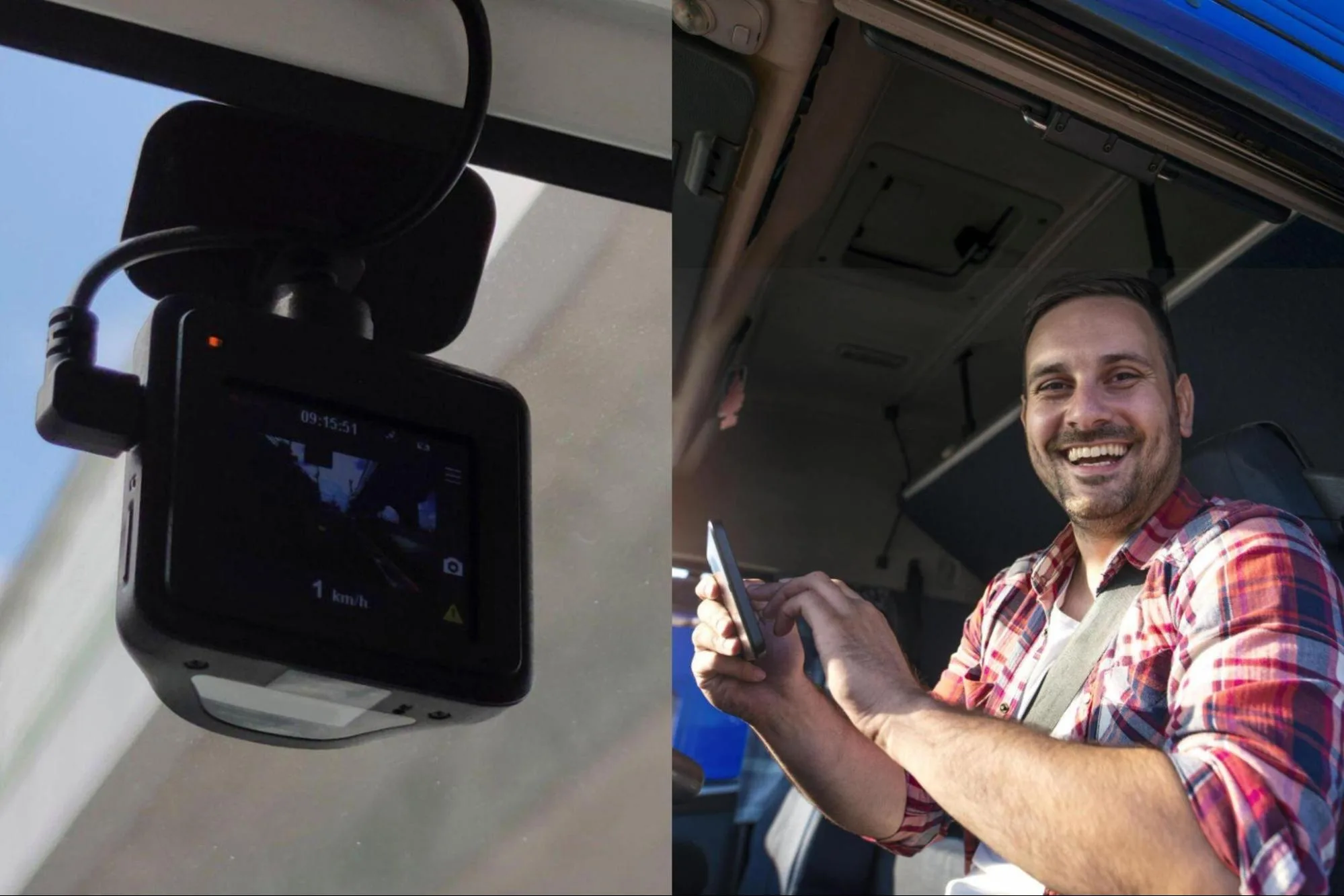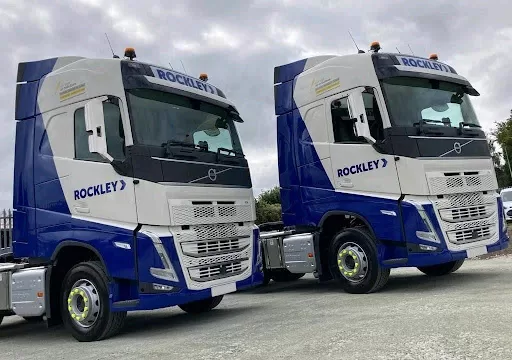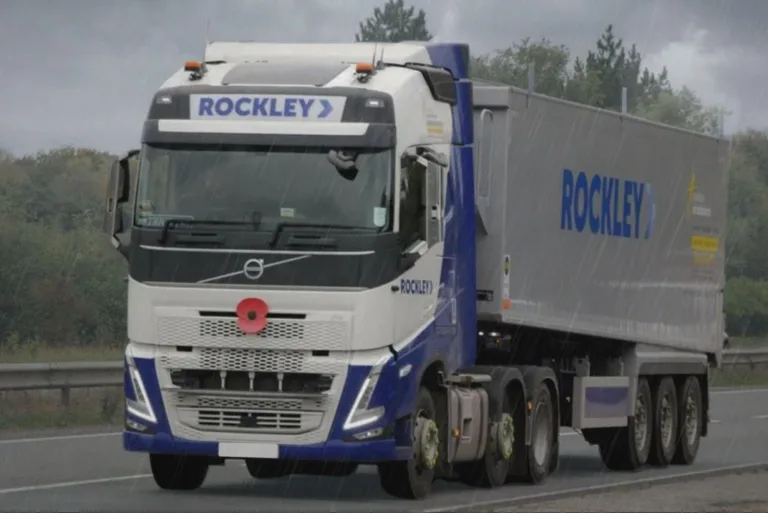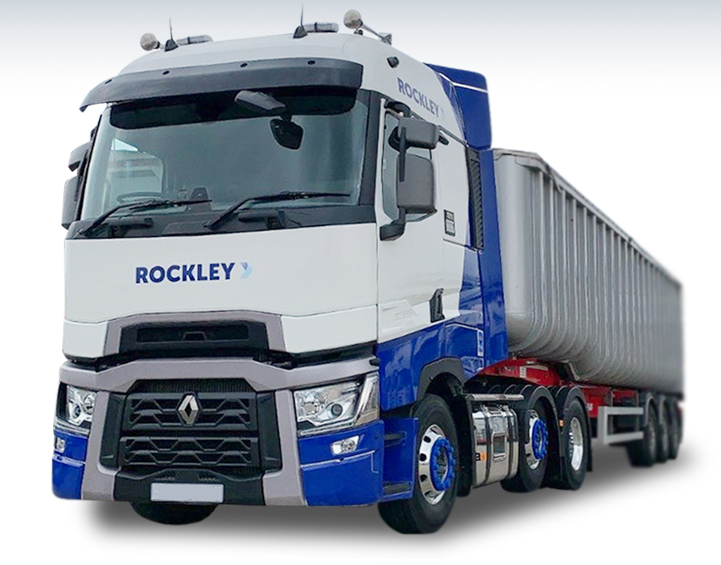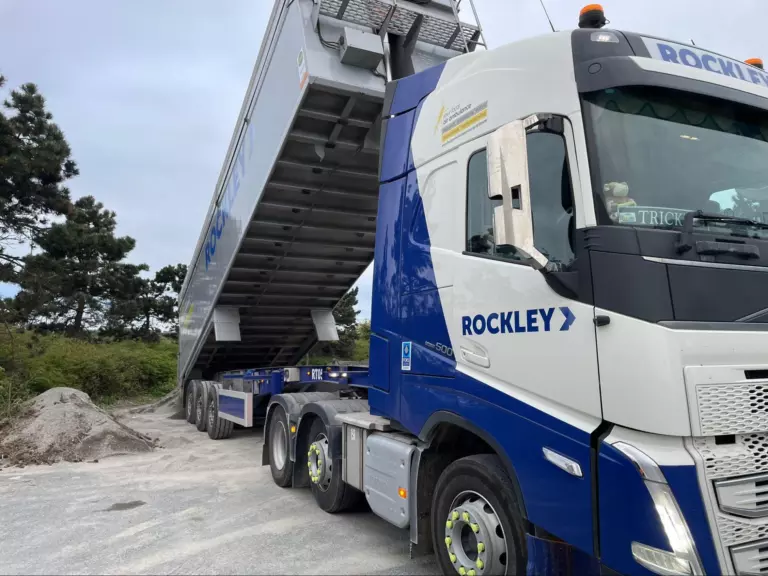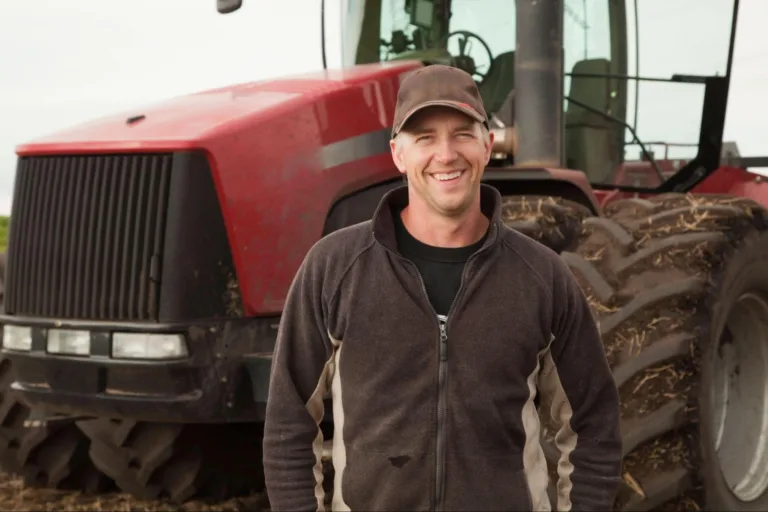How DVS Cameras Revolutionise Agricultural Haulage
With the introduction of technology to the world, like other sectors, it has been playing a pivotal role in the agricultural sector to enhance safety and efficiency. One of the latest technologies in this sector that has made a significant impact is the usage of Direct Vision Standard (DVS) cameras for agricultural haulage.
Such innovative devices are revolutionising the way agricultural goods are transported, offering a plethora of benefits that go beyond just compliance with safety regulations. When it comes to the agricultural sector, large and heavy machinery is often used. Therefore, it becomes all the more important to ensure the safety of drivers and other road users and protect valuable cargo during transit.
The agricultural sector is also embracing technology, and so, DVS cameras are helping farmers and haulage companies to take a significant step forward. In this blog, explore how these cameras are not just enhancing safety but also enhancing operational efficiency in agricultural haulage, contributing to the sector’s growth and sustainability.
Direct Vision Standard or DVS cameras are becoming an important tool in agricultural haulage and have been helping in enhancing efficiency and safety in the transportation of goods. DVS cameras are designed to improve the driver’s direct line of sight and provide real-time visual data that helps eliminate blind spots, leading to a safer manoeuvring of large vehicles and agriculture machinery.
Benefits of Using DVS Cameras for Agricultural Haulage
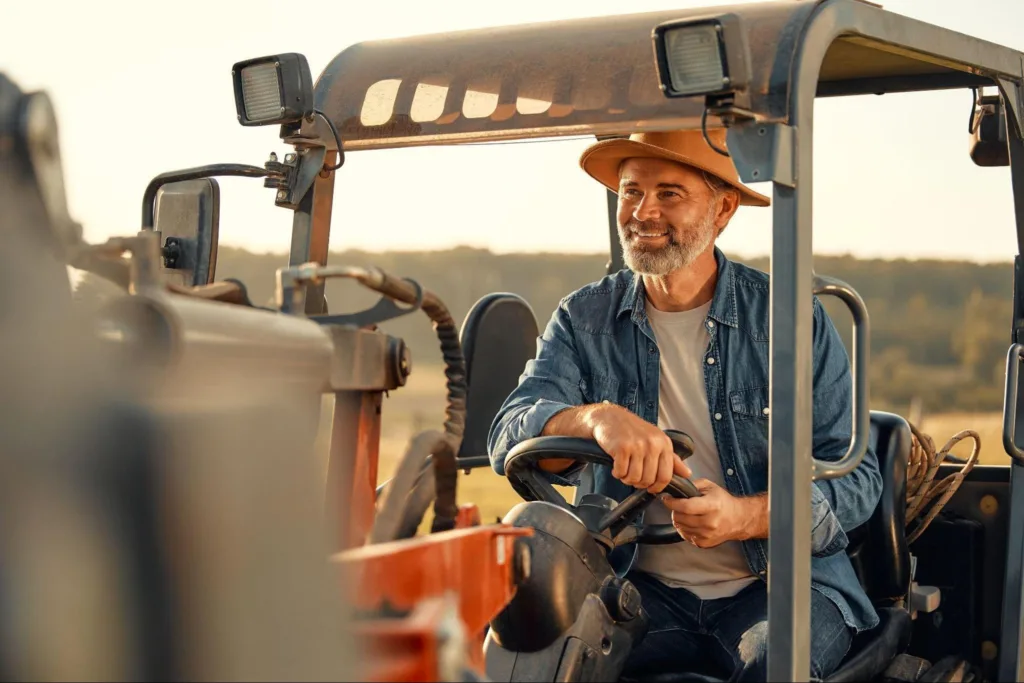
- Enhanced Safety
Using DVS cameras for agriculture haulage helps significantly improve safety by providing a proper view of the vehicle’s surroundings, which eliminates blind spots that can prove to be dangerous in large agricultural vehicles. This enhanced visibility helps prevent collisions and accidents, protecting the driver and even other road users. They are helpful, especially in congested areas such as farmyards or narrow rural roads.
- Adherence to Regulations
When it comes to agriculture haulage, strict safety regulations are involved. Herein, DVS cameras become even more important as they ensure compliance. DVS cameras provide visual documentation to meet legal requirements, which helps reduce the risk of penalties or fines related to non-compliance. By installing DVS cameras for agriculture haulage, operators can maintain up-to-date safety practices and adhere to the regulations.
- Enhanced Efficiency
DVS cameras give real-time visual feedback, which helps drivers to manoeuvre the vehicle with more precision while loading, unloading, and transit. This reduces the likelihood of damage to agricultural goods and equipment, streamlines operations, and speeds up the overall process. It leads to a more efficient workflow that saves time and resources.
- A Support System for Drivers
DVS cameras are of great assistance to the drivers, especially in low light or poor weather conditions. The cameras provide an extra set of eyes, reducing the pressure on drivers to stay attentive for long hours. This helps them make safer and quicker decisions.
- Cost Saver
DVS cameras for agriculture haulage can help you in cost-saving, as they help prevent accidents and improve operational efficiency, these cameras reduce vehicle downtime, lower repair and insurance costs, and minimise the loss of valuable produce. Over time, the enhanced safety and efficiency result in a more profitable and sustainable operation.
Challenges in Using DVS Cameras
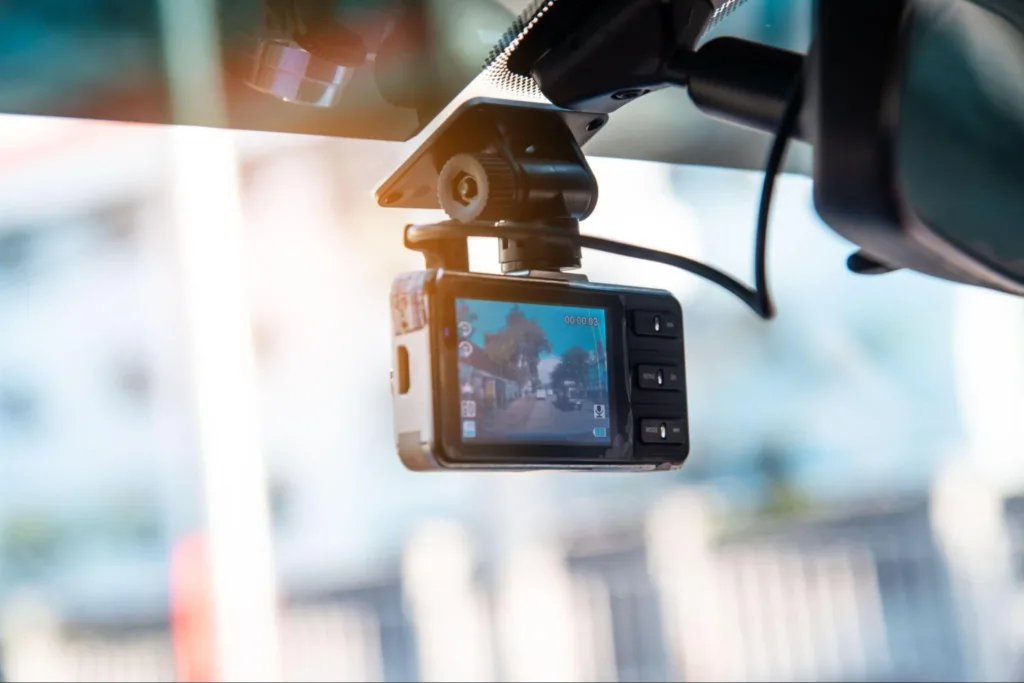
- High Initial Cost
One of the challenges here is the high cost of purchasing and installing DVS cameras. Some businesses, especially smaller ones, may find the expenses for high-quality cameras and their installation a significant financial burden, especially when outfitting multiple vehicles.
- Maintenance Costs
When it comes to the agriculture sector, the environments are harsh, with mud and dust, and exposure to extreme weather conditions. While DVS cameras for agriculture haulage are built for such conditions, one can still face challenges. It is important to take up regular maintenance to keep the cameras functioning optimally, but this adds to the operational costs and requires consistent attention.
- Technology Integration Cost
It may be a task to integrate DVS cameras with the existing agricultural machinery and haulage vehicles. It may require specialised knowledge and more technical support to make sure that the technology is compatible with the existing equipment, which can complicate the installation process.
- Complexity in Data Management
The visual data generated by DVS cameras need to be stored, managed, and sometimes be reviewed for certain analysis. Managing this data can be challenging, especially for agricultural businesses that may not have the infrastructure or expertise to handle large volumes of digital information efficiently. The need for secure storage and potentially high data processing costs adds another layer of complexity.
- Adequate User Training
With upgrades in technology, the need for adequate training of operators has also increased. For DVS cameras to be effective, operators need to be adequately trained in using the technology. This can be a challenge, particularly in rural areas where access to training resources may be limited. Ensuring that all drivers and operators understand how to use and interpret the camera feeds correctly is important in order to maximise the benefits of the system.
Future of DVS Cameras for Agriculture Haulage
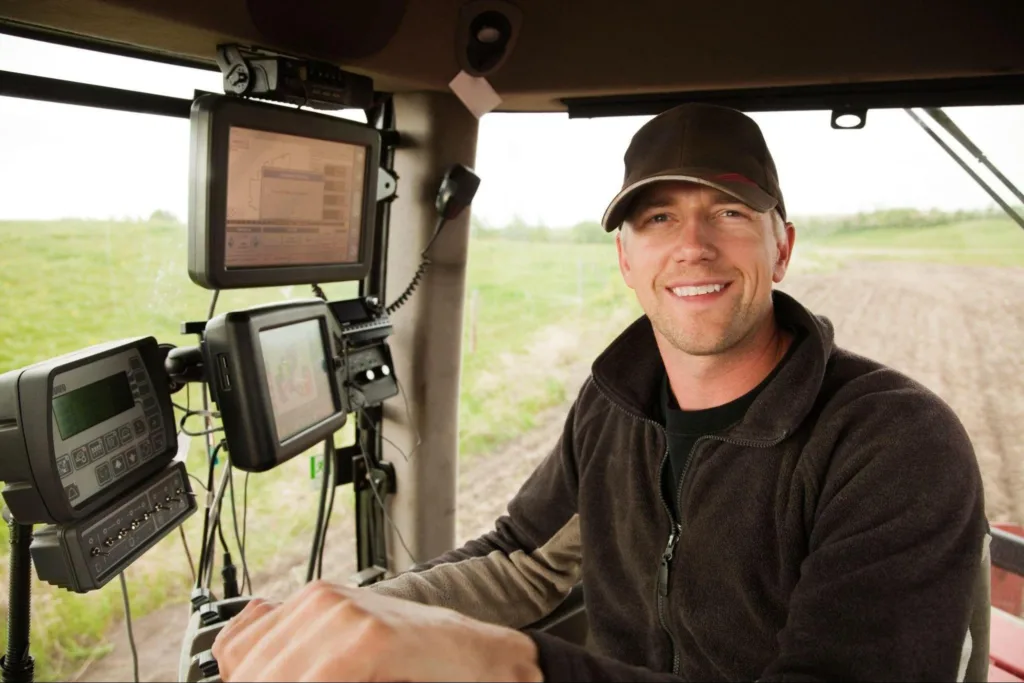
The agriculture sector is embracing technology, and the future of DVS cameras in this sector is promising. One of the key areas of development here is Artificial Intelligence and machine learning integrated into DVS cameras. These technologies could enable real-time analysis of visual data, automatically identifying potential hazards, predicting equipment failures, and offering actionable insights to drivers and fleet managers.
Another exciting upgrade can be the potential for improved connectivity. Future DVS systems could be fully integrated with other smart farming technologies, such as GPS-guided tractors and automated machinery, creating a seamless network of information that optimises route planning, fuel efficiency, and overall operational effectiveness. This would allow for more precise and efficient agricultural haulage, reducing downtime and improving productivity.
Augmented reality (AR) can be yet another upgrade, with the possibility of DVS cameras providing real-time overlays of critical information directly onto the driver’s view. This could include everything from highlighting obstacles in low visibility conditions to providing instant feedback on vehicle performance and cargo stability, further enhancing safety and efficiency.
Conclusion
Direct Vision Standard or DVS cameras are undeniably transforming agricultural haulage, bringing unprecedented levels of safety, efficiency, and operational insight to the sector. By providing drivers with improved visibility and real-time data, these cameras significantly reduce the risks related to transporting goods across varying terrains and challenging conditions. The integration of advanced technologies like AI, machine learning, and augmented reality (AR) further boosts the potential of DVS cameras, paving the way for smarter and more connected agricultural operations.
As the agricultural industry continues to focus on innovation, the adoption of DVS cameras will likely become a standard practice in agricultural haulage, resulting in progress and making sure that the farms and businesses can meet the growing demands of modern agriculture.
While there are challenges that one might have to face in case of DVS cameras such as high initial costs, regular maintenance, proper training for operators, and more, the constant upgrades in technology in the agricultural sector are improving the functionality of the DVS systems, and easing their operations, which will help the operators prevent accidents and increase the reliability on their services for the transportation of agricultural goods.
With the ongoing developments promising even greater capabilities, the future of agricultural haulage looks bright, with DVS cameras playing an important role in its evolution.
